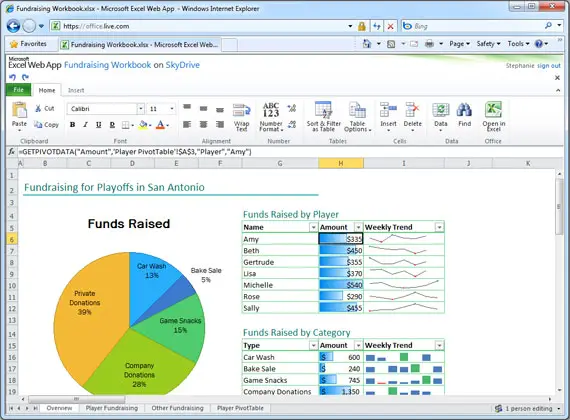

The main trap is getting the wrong version. There are a couple of traps when installing the Power Pivot for Excel 2010 Plug-in (and the Power Query Plug-in for that matter) and hence I am blogging these instructions to help people and companies get it right the first time. Not every company has made the move to Excel 2013, and in fact I sometimes find companies have to move from Excel 2007 to 2010 just to prepare for this training. I do a lot of work for Corporations at their own premises with their own PC equipment.

Remember which version you have, and continue below. The top line of the window that opens will tell you whether you have 32- or 64-bit Excel. To determine which installation of Excel 2013 you have, navigate to File>Account and click “About Excel” in the lower right. Power Query is compatible with all versions of Excel 2013, so you’ll only need to check whether you have 32- or 64-bit Excel. Remember which version you have, and head to the section “Installing the Power Query Add-In” below. Next, check the line underneath “About Microsoft Excel” to determine if you have 32- or 64-bit Excel. If the line beneath “Product Activated” on the right side of the screen says “Microsoft Office Professional Plus 2010”, you’re in luck. If you’re using Excel 2010, you’ll first need to determine whether you have Office “Professional Plus” 2010.

If you’re a user of Office 2010 Professional Plus or Office 2013, you can install a free Add In from Microsoft to gain this capability. Power Query is a powerful data gathering tool included in all installations of Excel 2016.īut what do you do if you’re not using Excel 2016?


 0 kommentar(er)
0 kommentar(er)
